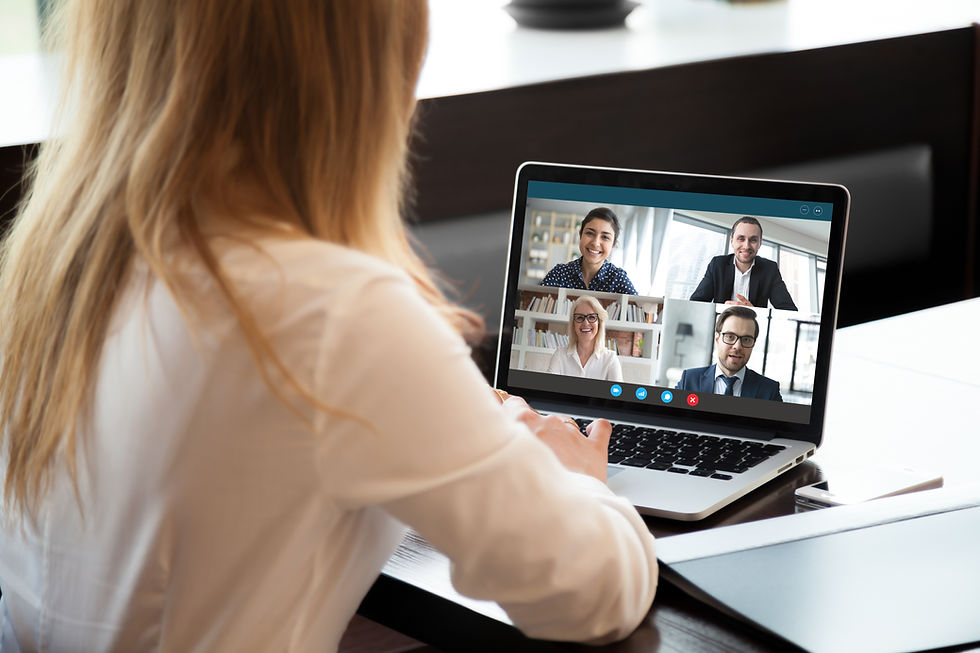A Day of Learning with Daniel Kish
- Mike Biffignani
- Feb 9, 2018
- 2 min read
On Feb. 5, 2018 I was extremely fortunate to be able to spend a day with Daniel Kish. Daniel has been visually impaired since a young age, a leader and teacher of human echolocation, and President of World Access for the Blind. The day began with a discussion that included general physics and acoustics and human echolocation. We discussed how the auditory system is an important information processor, source signal characteristics and the brain function. We also discussed the willingness to take on challenges and learn no matter what physical abilities you have.
Daniel and I explored a local neighborhood in which he demonstrated the use of echolocation. He used his own oral click, a wooden castanet and hand clap as source signals. As we walked I was amazed by the sharpness of his oral click and how he could direct it around the outside environment to detect objects. We continued to discuss the importance of the rise time of a signal and how it was important to frequency content of the signal and the frequency content of the returning echo. Daniel pointed out several times that it’s not just about obstacle detection but about receiving information from the echo to determine the characteristics of the object. As hard as I tried I had difficulty detecting echoes in the outdoor setting. Daniel assured me that with practice I would get better.
I didn’t know what to expect but Daniel demonstrated unbelievable detection and processing of object characteristics. He could detect a wall with no foliage to an area with foliage, a chain link fence and its top rail, a large tree vs. a small tree with an estimate of its diameter to name a few examples.

The most impressive unplanned demonstration was being able to detect a truck approaching in the street while a very loud airplane was flying overhead. His frequency and amplitude discrimination of sounds in the surrounding environment were hard to believe.
After our walk I proceeded to demonstrate the Sondare sound beam prototype projecting several different source signals inside the house. Daniel listened to a pre-recorded warp, oral click, and castanet signal sent as beam of sound throughout the room. He was impressed by the distance of the beam, the narrow beam width and the reduced masking between the source and the echo.
We discussed potential uses of the device and applicable advanced technology which might be explored including power, wearables, and AI.
Although I could have spent many more hours talking with Daniel about technical topics, my main take away was about life and being positive about being able to do anything no matter what our limitations might be. He is extremely motivational without trying to be.
We agreed to continue to share ideas and information as I advance development of the sound beam detector as a useful device for human echolocation.
Thanks Daniel for the great experience.


































Comments